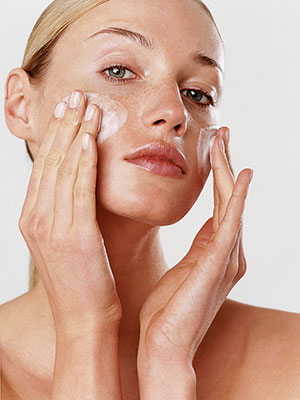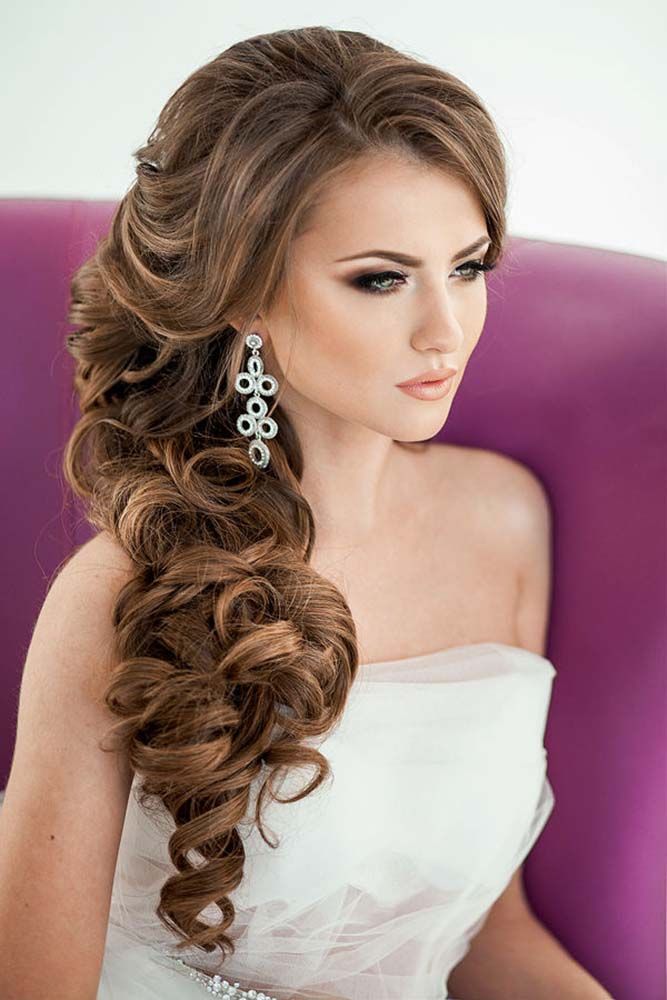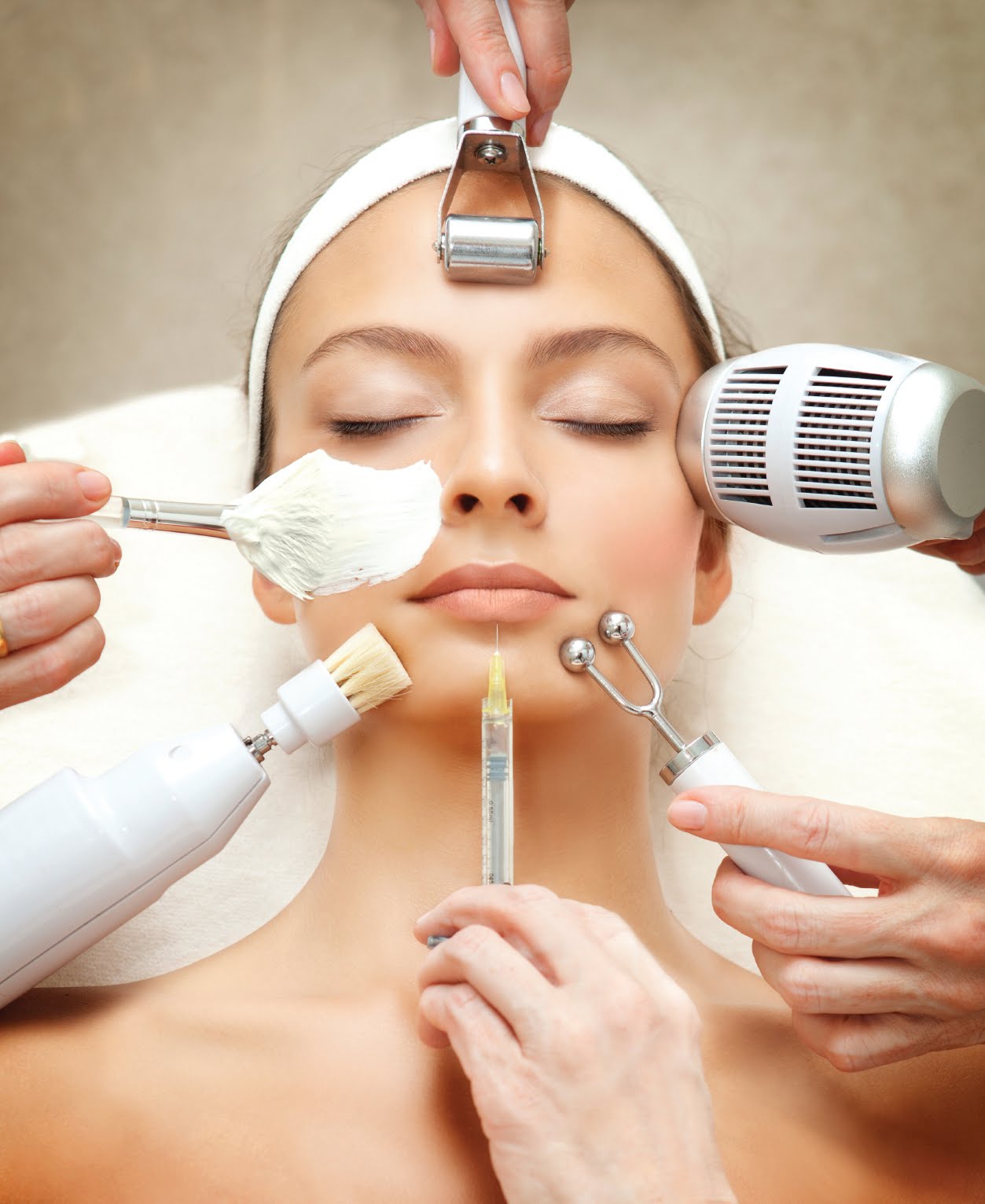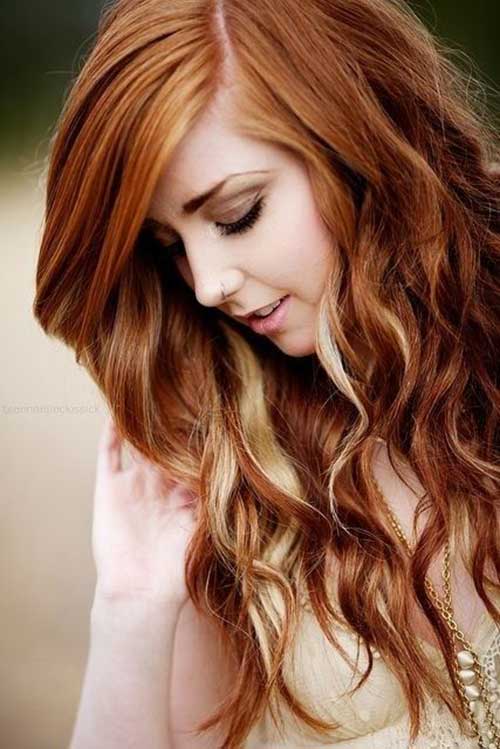There are millions of people around the world that are considering about face bleaching. The reasons for this could vary from person to person. Some may want to whiten their face because of the feeling of being unsatisfied with their facial skin color while others might be caught up in the hype of having a fairer complexion. Whatever the reasons that you are thinking about, it is best to accept as much knowledge as you can regarding this topic.
Face bleach has been very popular throughout the years because the media has presented that having a fairer complexion is more beautiful.
Although the media could have significant impact on the audience, you must break away from that fad and rethink certain things especially when it comes to your skin.
Although there are false advertisements for how to whiten the face, there are also real treatments that do actually work. Learn about how you can lighten your face safely and effectively.
Also, learn about other facts that you should know about face bleaching.
Why Do People Consider Face Bleach?
becoming flawless and have even skin toneIn our day and age, everyone, regardless if you are a man or a woman, has this dream of becoming flawless and have even skin tone. Who would not want that characteristic right?
Everybody we see on television and movies have beautiful unblemished skin and for that reason, the people watching also want the same amazing beauty. For that reason, facial bleaching arose in its popularity.
Some people might consider face whitening to get rid of dark spots, freckles, birthmarks, acne marks and other skin discoloration problems.
Although there are certain products and procedures that focus on facial bleaching, the entire process is not entirely free of certain side effects.
There are actually some methods that could be harmful for the skin. That is why you should be aware of the ups and downs of face bleaching.
How Does Face Bleach Work?
The main focus of this process is to whiten certain areas of the face that have been affected by skin discoloration. The whole logic behind skin bleaching is to get rid of, lighten and / or improve darks areas of the skin basically. You could choose from topical ointments, whitening soaps, pills, laser treatments, microdermabrasion and other methods to lighten the face. Depending on the technique used, the way that bleaching works vary from treatment to treatment.
- face Bleach=20$
- Face and neck=25$
- Under Arm=15$
- Under eye treatment=30$


























